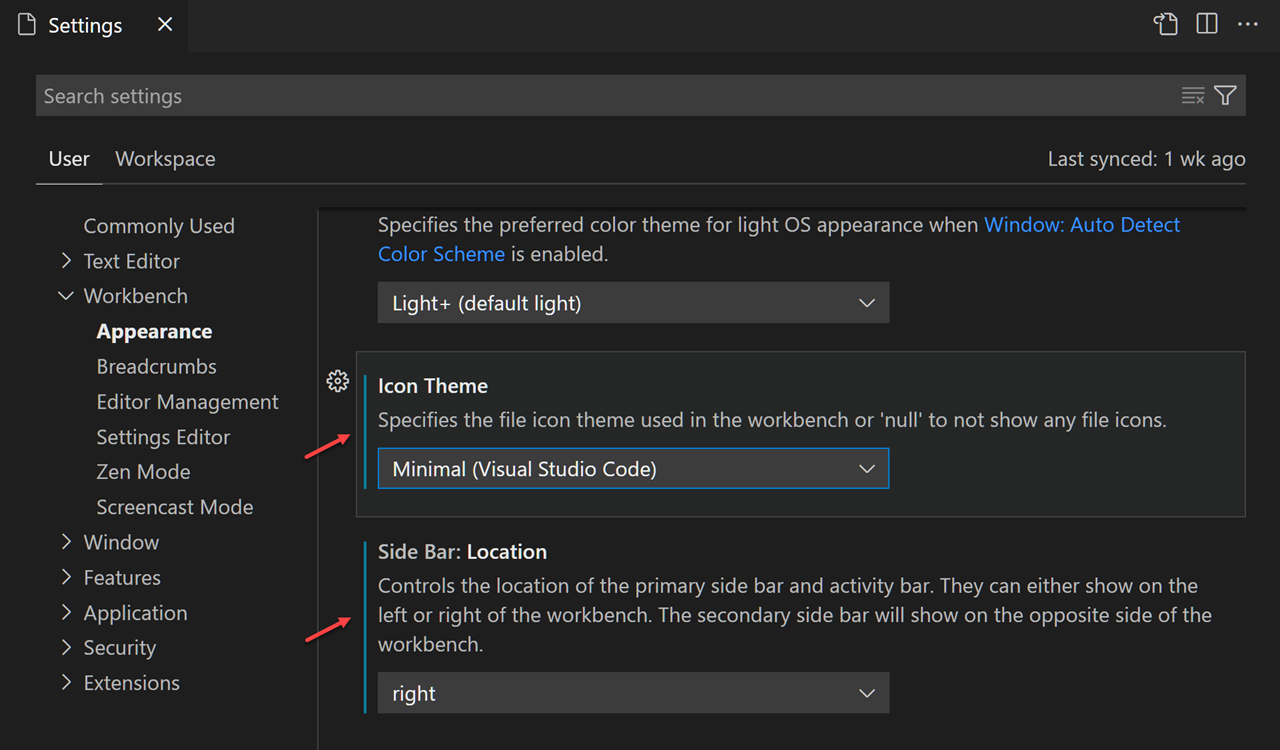

- Windows command prompt search all files for text full#
- Windows command prompt search all files for text Pc#
You can, however, specify any app on your PC to open that file. In both the aforementioned cases, the file will be opened using the default app associated with that file type. Specify an App to Open a File Using Command Prompt
Windows command prompt search all files for text full#
Then, just type-in the full path (including quotes) and press Enter. For that, open Command Prompt and ensure that you point it at the right drive first. Say you want to open a file at "C:\Users\\Desktop\Stuff\Img\Jan 2021\28 Jan\CMD\demo1.jpg".Meanwhile, you can also open files directly from the command prompt if you know the full file path. Method 2: Open Files in Command Prompt Directly Windows will open the file using the default app associated with that file type.

Finally, type-in "demo2.jpg"(including quotes) and press Enter.Now access the target folder with the following command: cd demo folder/.You can drop this step if you’re trying to open a file in drive C. For that, type in d:and press Enter as detailed in the earlier segment. So, we’ll first get to the root of the D: drive. In my case, the target file lies in a folder called ‘Demo Folder’ at the root of the D: drive. Firstly, specify the directory and folder of the file you’re trying to open.Method 1: Open Files in Command Prompt Via the Folder Route Once you know the precise path of a file (image, text, video, music) or folder, you can easily open that using the Command Prompt in Windows 10. I’m putting the asterisk at both ends to find all files that include the search text, whether at the start, end or somewhere in between. Putting the wildcard at the end will find all the files with your search term at the beginning of the name, while putting it at the start will list all files with your search term at the end. Now just use the dir "\*file name*" /s command described earlier to find your target file or folder.ĭo note that you can also use just one asterisk (instead of two), either at the start or at the end of the filename. For example, to search the D:\ drive, you should type in d: and press Enter. If you have multiple drives on your PC, you will need to specify the target drive. By default, the aforementioned command will search the C:\ drive.However, you can easily identify the correct path by its size. You’ll get multiple results even if there’s only a single file with that name.


 0 kommentar(er)
0 kommentar(er)
